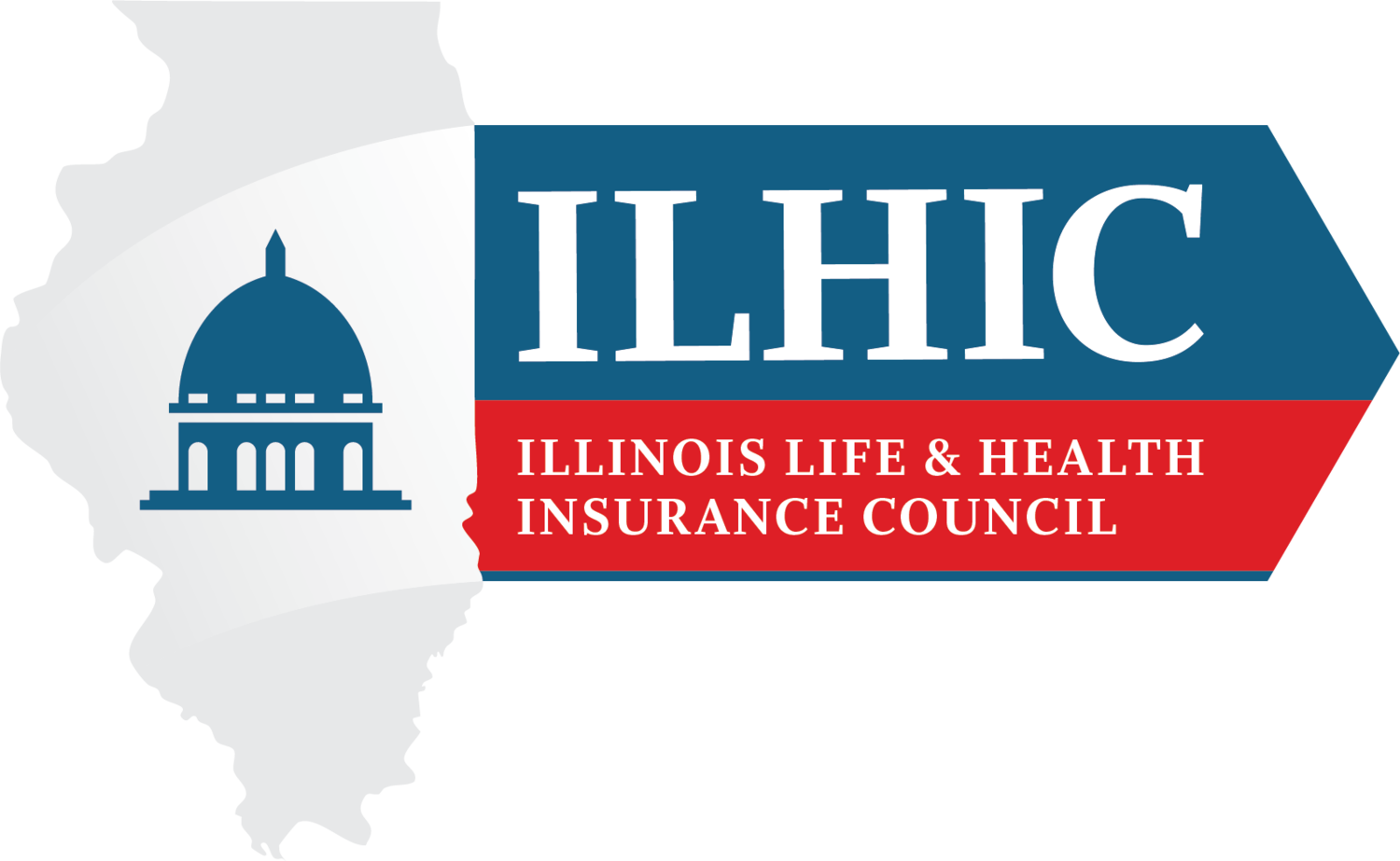The Invisible Fiscal Note that Increases Healthcare Costs
Kate Morthland
State regulated health insurance benefit mandates have gained popularity in the Illinois Legislature in recent years. For small group and individual insurance coverage regulated by the Illinois Department of Insurance, any coverage benefit beyond the ACA’s Essential Health Benefit (EHB) is considered a “benefit mandate.” I’m sure many readers have seen the press releases regarding the passage of these bills. Newspapers lead with titles like, “Insureds do not have to pay for XYZ” or “Now there is coverage for ABC testing.” On its face, these benefit mandates look like they are saving insureds money by providing coverage, and sometimes prohibiting insurance companies from applying cost-sharing by way of coinsurances, co-payments, or deductibles.
But where does the money come from to “cover” the coverage mandates? How does this affect the larger population of insureds?
The answers to these questions have lasting effects on the costs of premiums for insureds in Illinois. Under the ACA, any benefit mandate beyond what is considered an EHB is subject to State Defrayal. Meaning, the state is required to pay for the cost to cover any benefits beyond an EHB.[1] State Defrayal was written into the ACA to prevent federal dollars from going to additional state mandated benefits.[2] Until recently, states had full control in determining whether a benefit mandate triggered state defrayal. With many states choosing not to defray the cost of care, CMS issued a requirement that states review benefit mandates and specify whether or not the mandate is subject to defrayal.[3] It is unknown whether CMS will require defrayal in the near future.
33 states have established mandated coverage benefit reviews to assess the effectiveness against the cost of the benefit mandate for all proposed legislation.[4] Unfortunately for insureds, Illinois is not included as a state with a review process to analyze the fiscal impact on Illinois consumers before the benefit mandate is signed into law. Without a proper analysis in place, and in addition to the state not defraying the cost of mandates, the State Capitol turns into a wild west of ushering cost increases to Illinois insurance consumers without proper (and responsible) cost-benefit analysis.
When states do not defray the cost of state mandated benefits, consumers pay the price. State mandated benefits can increase a consumer’s monthly premium anywhere from less than 1% to over 5% per mandate.[5] Just in the past year, Illinois has passed and signed 6 health coverage benefit mandates into law.[6] Currently, there are over 10 pieces of legislation requiring health insurance benefit mandates that have been filed for the year 2022.
Additionally, the state authority and regulatory power only extends to a small subset of plans. Benefit mandates that are passed and signed into law only affect one-quarter of Illinoisians that are covered by a private commercial plan either purchased on the Illinois Marketplace or a plan provided by their employer. Most individuals in Illinois (and nationally) have self-insured plans, where the employer takes on the full cost and risk associated with health insurance. These self-insured plans are preempted from state regulation and regulated by the federal government. Meaning, state benefit mandates do not include the majority of consumers in Illinois due to federal oversight and regulatory authority. Many of these state benefit mandates receive ample press, creating much confusion and frustration for the majority of Illinoisians who believed their health plan was subject to the new coverage expansion. When this happens, state agencies regulating plans with state mandated benefits, that are already strained for resources, are burdened with the increased complaints of lack of coverage for plans the state has no oversight over.
The future of state defrayal is lying in wait, and state benefit mandate proposals keep rising. While a small subset of Illinoisians are subject to state coverage mandates, it is certain that state mandated benefits increase the cost of coverage that is already reflective of increasing medical and prescription drug costs. Legislating state coverage mandates and advocating for lower insurance costs are two actions that work against each other, leaving the consumer to pay the price.
[1] State Insurance Mandates and the ACA Essential Benefits Provisions; NCSL; State Insurance Mandates and the ACA Essential Benefits Provisions (ncsl.org) (January 26, 2022).
[2] Id.
[3] Frequently Asked Questions on Defrayal of State Additional Required Benefits; CMS; Clearance Round 1 FAQ on Defrayal of State Additional Required Benefits_9.19 (cms.gov) (October, 23, 2018)
[4] California Health Benefits Review Program; Other States’ Health Benefit Review Programs; Microsoft Word - Survey and Analysis of Other States' Health Benefit Mandate Review Programs 2013_FINAL 092013 _2_.docx (chbrp.org) (2013).
[5] Mandated Health Insurance Benefits Explained; Health Insurance; Understanding Mandated Health Insurance Benefits (verywellhealth.com) (September 2, 2021).
[6] Company Bulletin #2022-01; Health Benefit Mandate Coverage Passed and Signed into Law via 2021 Spring Legislative Session; Illinois Department of Insurance; Illinois Department of Insurance (January 12, 2021).
